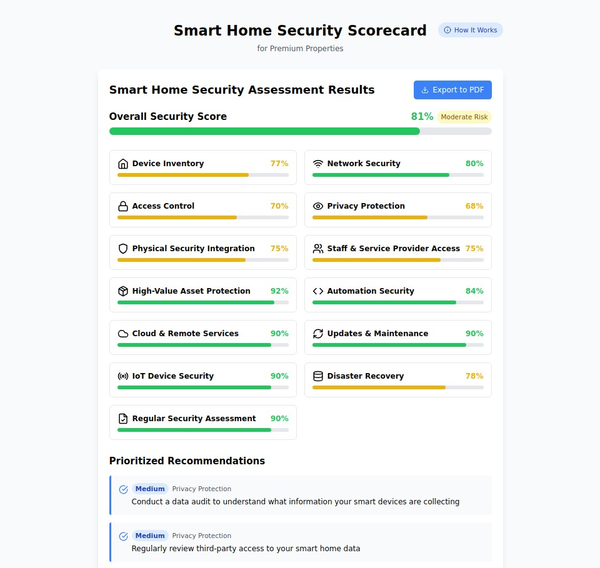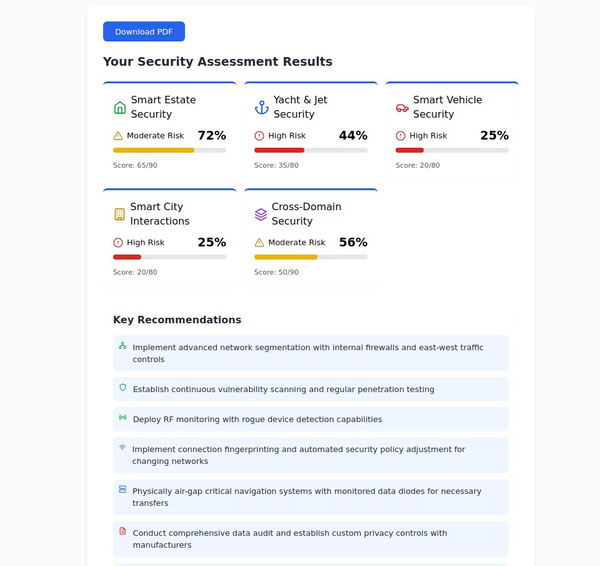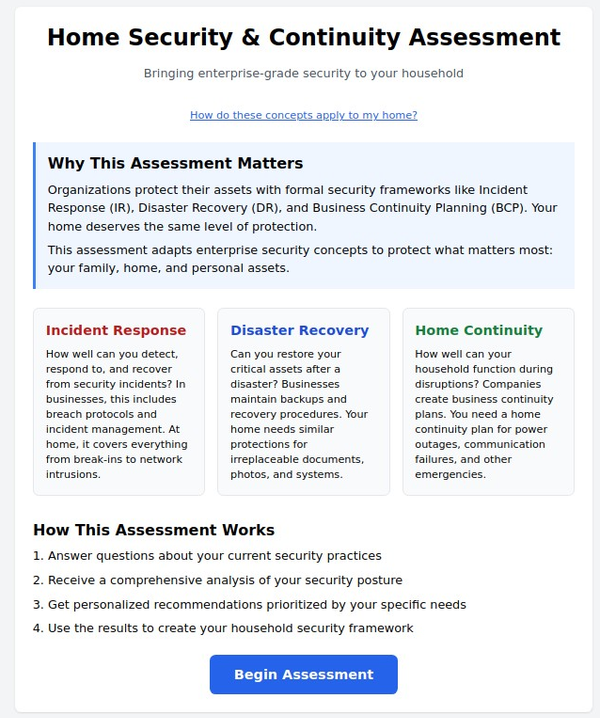Smart Home Energy Management: Tips for Efficiency

Smart homes are not just about convenience and security; they can also be incredibly efficient in managing energy consumption. This article provides practical tips on how to manage energy in a smart home, focusing on devices that help monitor and control usage.
Introduction
The advent of smart home technology has revolutionized the way we live, offering unprecedented levels of convenience and security. But did you know that smart homes can also be energy-efficient? This article aims to provide you with practical tips on how to manage energy consumption in your smart home effectively.
Why Energy Management Matters
1.1 Environmental Impact
Reducing energy consumption not only saves you money but also contributes to a more sustainable planet.
1.2 Cost Savings
Smart energy management can significantly reduce your utility bills, making it a win-win situation for you and the environment.
Devices for Energy Monitoring
2.1 Smart Thermostats
Smart thermostats like Nest or Ecobee can learn your habits and adjust the temperature accordingly, saving energy when you're not home.
2.2 Energy Monitors
Devices like Sense or Smappee monitor your home's energy usage in real-time, providing valuable insights into your consumption patterns.
Devices for Energy Control
3.1 Smart Plugs
Smart plugs can turn off devices that are not in use, reducing 'phantom' energy consumption.
3.2 Smart Lighting
LED smart bulbs consume less electricity and can be controlled remotely, allowing you to turn off lights when they're not needed.
Practical Tips for Energy Efficiency
4.1 Schedule Appliances
Use smart plugs or smart home hubs to schedule when appliances should run, taking advantage of off-peak energy rates.
4.2 Optimize Heating and Cooling
Use your smart thermostat's scheduling features to optimize your home's heating and cooling, reducing energy usage during off-hours.
4.3 Use Motion Sensors
Install motion sensors to control lighting and heating in less-frequented rooms, ensuring energy is not wasted.
Data and Analytics
5.1 Review Energy Reports
Many smart devices offer monthly energy reports. Review these to identify areas for improvement.
5.2 Set Energy Goals
Use the data from your energy reports to set achievable energy-saving goals.
Conclusion
Smart homes offer a plethora of opportunities for energy management. By investing in smart devices that monitor and control energy consumption, and by following the practical tips outlined in this article, you can make your home more energy-efficient. This will not only lead to cost savings but also contribute to a more sustainable future.
